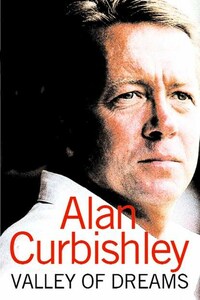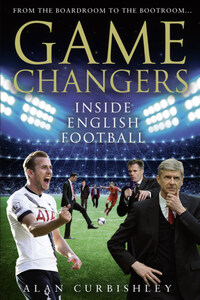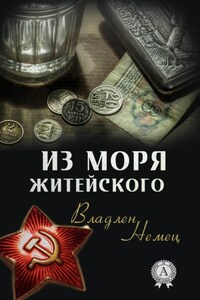For Carol, Claire and Michael, thanks for your love and support over the years. I couldnât have done it without you. 1â2â3, love you lots, and to Mum, Dad, Billy, not forgetting Alf, Della, Laura and Paul. Thanks for always being there.
One of my most vivid memories of Alan, Charlton and The Valley was the day I came down with Manchester United to play an FA Youth Cup match. We won the game 5â2, but it wasnât so much the result which left a lasting impression, it was the club and what they seemed to be about.
The date was 12 January 1995 and it was little more than two years after Charlton had finally got back to The Valley after more than seven years away, when they had to ground share with Crystal Palace and then West Ham United. The Valley that day was a very different place to the way it is now. The stadium was neat but with only a small capacity, the players got changed in one set of portakabins, and the board entertained their guests in another set of portakabins. But despite all of that the club put on a tremendous spread for us and had also invited a lot of their old heroes to the match, including members of the 1947 FA Cup winning team. When you walked into the place there was a real warmth and spirit to the club, and even back then I had the feeling that they were going to build on what they had. The club were back where they belonged at their own ground and I could sense how much it meant to the fans and the board of directors.
I also knew how much it meant to the two young managers who had been given the joint task of helping to build the clubâs fortunes. Both Steve Gritt and Alan Curbishley were cutting their managerial teeth in the game, and the two went on to do a fine job together, before Alan was given the opportunity of taking sole control in the summer of that same year.
From the very first time I met Alan I had the feeling that he was going to do something in the game, and as a young manager he always seemed to have the kind of drive and ambition that I felt would help him succeed. What he and Charlton managed to achieve during his years in charge was nothing short of amazing.
As a young manager Alan always seemed to have a calm authority about what he did and that is still true to this day. Iâve been known to get a wee bit excited on the touchline during the course of my career, but that isnât really the case with Alan. He has a great demeanour. He has a controlled, calm attitude and also has the experience to go with it. After 15 years as a manager he knows the game, and despite what he achieved with Charlton and the level of success he enjoyed in establishing them as a Premiership club, he has never changed as a person. We live in an era where too often there are managers who are concerned with their image and how they are perceived in the media and by the public. Alan always got on with his job in a straightforward and honest way, and he has proved over the years just what a capable and effective manager he is.
The success both he and Charlton enjoyed was no fluke. Alan and the club had to work hard at it, and as far as Iâm concerned one of the major turning points for Charlton was the way they were able to bounce back after being relegated following one season in the Premier League in 1999. They kept their team together, the players wanted to work and play for the manager, and the board provided a platform for it all to happen.
Iâve always said that in order for you to succeed as a manager you need someone there who understands the complexities of the job and is willing to back you. Alan had that in Charlton chairman, Richard Murray. He and the board stuck with him through some of the tough times, while Alan stayed put and did not up sticks to another club, and at the same time produced teams which consistently did well on the pitch. There was the right kind of trust, understanding and loyalty on both sides and that helped the club to grow both on the pitch and off of it.
The atmosphere at The Valley has always been fantastic whenever weâve played matches there and the Charlton fans certainly know how to get behind their team. I think I inadvertently helped to raise the decibel level one season in December 2000 when we were involved in a 3â3 draw. I must hold the record for the manager with the most 3â3 draws in the Premiership and that year it was Charltonâs turn. We were 3â1 up in the game and I decided to take Roy Keane off towards the end of the match. Charlton promptly went on to score twice and the game ended as a draw. Maybe itâs not one of the tactical substitutions Iâm most proud of, but I think they still talk about the match as being one of the most entertaining at The Valley since the club returned to the ground!









